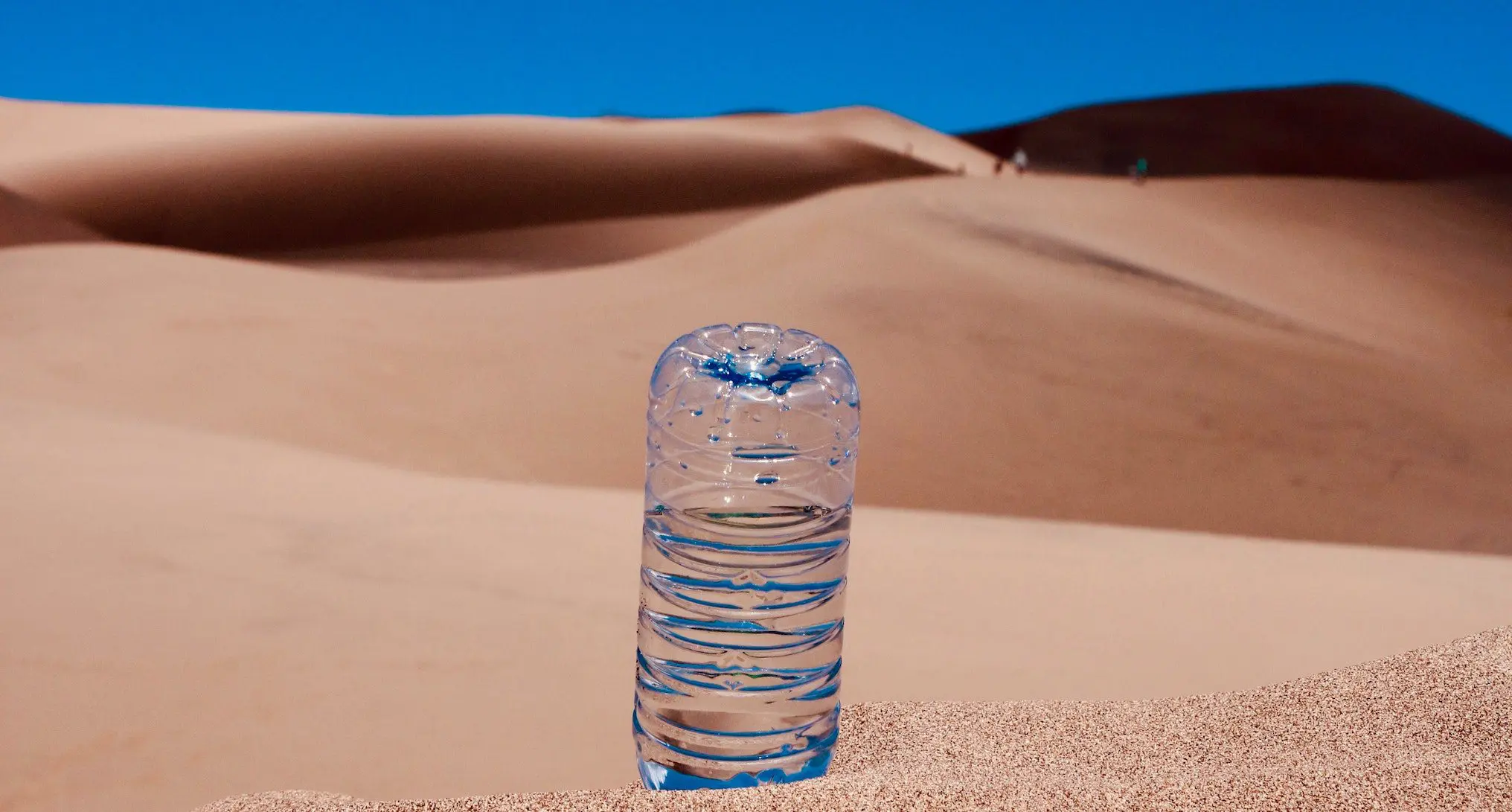Why You Should Never Drink Water from a Warm Plastic Bottle

We all know the importance of staying hydrated. Whether you’re an athlete or live a more sedentary lifestyle, adequate hydration is crucial. As a rule of thumb, you should always drink approximately half your body weight in ounces daily. If you’re currently hitting that goal in terms of your water intake, you may think that you have nothing else to worry about. Think again. Even if you’re staying adequately hydrated, the vessel in which you drink your water is critical. While a disposable plastic water bottle may be convenient, it’s terrible for your wallet, your health, and the environment. Worse than that? Drinking your water from a warm plastic water bottle.
Today, Office H2O will be exploring why you should never drink water from a warm plastic bottle. While drinking from a single warm plastic bottle won’t necessarily hurt you, experts are now saying that persistently doing so may lead to more of a problem than you bargained for. So why should you avoid drinking from a warm plastic bottle? Let’s find out.
Side Effects of Drinking Hot Water in Plastic Bottleles
Drinking hot water from plastic bottles can pose serious health risks due to the release of harmful chemicals like BPA and phthalates. When exposed to heat, plastic can leach these toxic substances into the water, potentially leading to hormone imbalances, increased cancer risk, and reproductive issues. Prolonged exposure to these chemicals has also been linked to metabolic disorders and weakened immune function. To stay safe, it’s best to use glass, stainless steel, or BPA-free alternatives for hot beverages.
The Dangers of Drinking from a Warm Plastic Bottle
According to a recent article from National Geographic, you may want to think twice before reaching for a warm plastic bottle to quench your thirst this summer. In the article, Rolf Halden, director of the Center for Environmental Health Engineering at Arizona State University’s Biodesign Institute, warns against this, saying, “The hotter it gets, the more the stuff in plastic can move into food or drinking water.”
Plastic water bottles are made from polyethylene terephthalate. Whenever a bottle is heated, the material releases the chemicals bisphenol and antimony, also known as BPA. There have been studies to suggest that this chemical can cause adverse health effects in children. Additionally, antimony is considered a carcinogen by the International Agency for Research on Cancer, part of the World Health Organization.
Recently, a research team led by University of Florida soil and water science professor Lena Ma studied the chemicals released in 16 different water brands after being kept at 158 degrees Fahrenheit for four weeks. The team’s findings uncovered a “worst-case scenario” for human consumption. The study found that as the bottles warmed over the four weeks, antimony and BPA levels increased. Because of this, Ma warned against leaving bottled water in a hot garage for weeks on end or in your car all day during hot summer days.
How Do BPA and Antimony Affect the Human Body?
Both BPA and antimony have been linked to a variety of health issues. BPA, for one, has been linked to causing reproductive, immunity, and neurological problems. Additionally, BPA has impacted the likelihood of developing Alzheimer’s, metabolic disease, childhood asthma, cardiovascular disease, and type 2 diabetes. Research also suggests that BPA can negatively affect children’s behavior.
What about antimony? According to the Environmental Protection Agency (EPA), everyone is exposed to low levels of antimony in the environment. Short-term exposure by inhalation results in effects on the eyes and skin. On the other hand, chronic exposure has been linked to respiratory, cardiovascular, and reproductive effects. Additionally, while antimony is not classified as a carcinogen by the EPA, exposure via inhalation has been linked to the growth of lung tumors in rats.
How Likely Are Negative Health Effects from Drinking from a Warm Plastic Bottle?
So how worried should you be about drinking from a warm plastic bottle? Put simply, it widely depends on how often you’re doing so. Ultimately, based on these results, the amount of trace chemicals that a person might consume from a plastic bottle left in the heat isn’t likely to cause serious health issues. That being said, experts warn against doing so consistently.
According to Halden, “If you drink water from one PET bottle, will that hurt your health? Probably not. But if you go through 20 bottles a day, then the question of safety is an entirely different one.”
The cumulative effect of being surrounded by plastics or microplastics in our water has the most significant potential impact on our health. For this reason, Halden (among many other experts) recommends opting for a metal water bottle rather than a disposable or reusable plastic water bottle for staying hydrated on the go – especially in the summer when plastics are exposed to heat. Additionally, although not part of her original study, Ma supports tap water (regulated by the Environmental Protection Agency) over bottled water.
Eliminate the Dangers of Drinking from a Plastic Bottle with Office H2O!
As the research highlighted in this article shows, we should avoid drinking from warm plastic bottles whenever possible. Additionally, because of plastic’s impact on the environment (and your wallet), it has become increasingly clear that avoiding disposable plastic water bottles in general is the best practice. Fortunately, there’s an easy way to eliminate plastic water bottles from your life by purchasing a bottleless water system from Office H2O.
At Office H2O, we believe in convenient access to clean drinking water while eliminating the need for plastic. Our bottleless water systems are part of a plan to eliminate plastic water bottles, along with all their problems, through the latest water filtration and purification technologies. If you’re interested in purchasing your very own system, feel free to browse our selection. Contact us with any questions or concerns – we’ll be happy to help!
Photo credit: Unsplash
